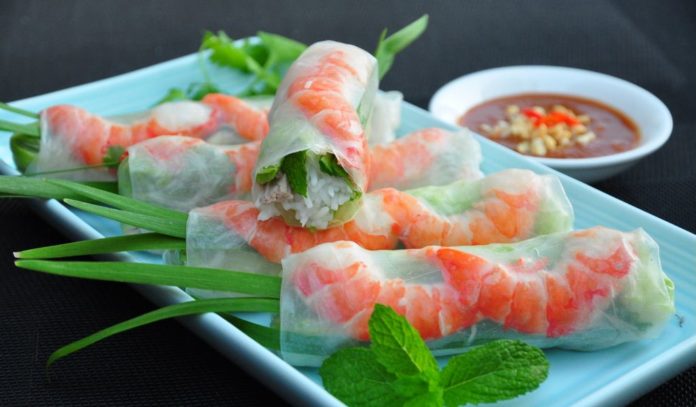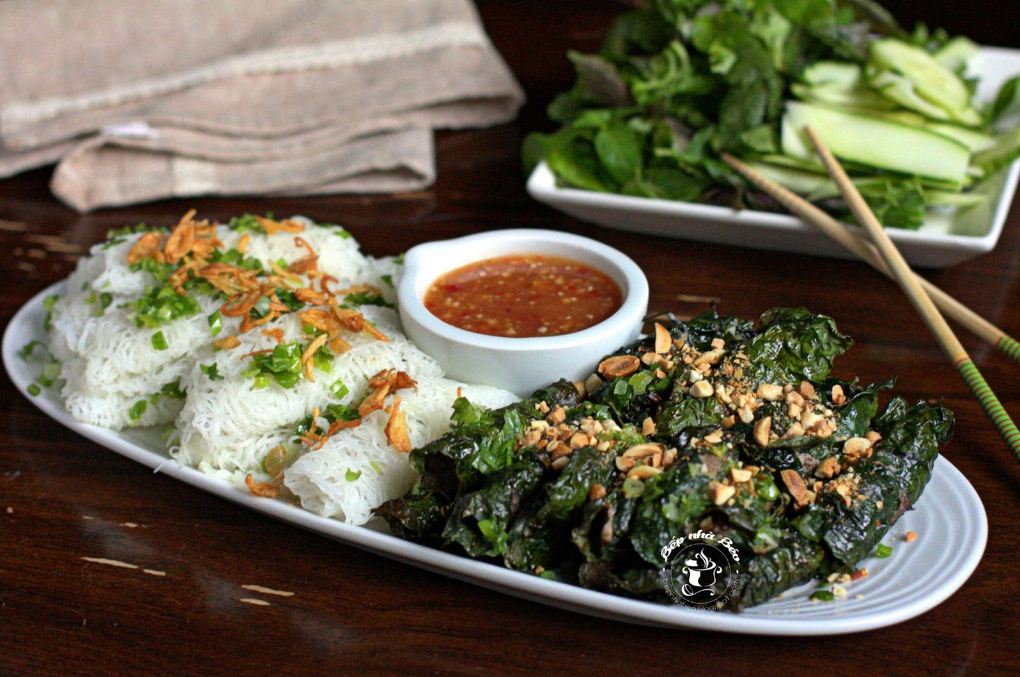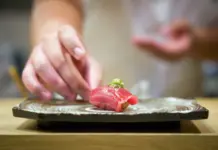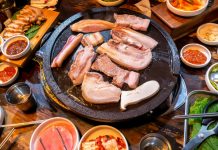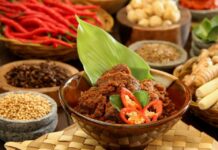Apart from the main function of decorating living space, leaves and flowers are great ingredients for Vietnamese people to create signature dishes. Now, let’s discover the role of flowers and leaves in Vietnamese cuisine.
- Vietnamese cuisine — 11 best Vietnamese street foods you must-try across regions of Vietnam
- Vietnam traditional food — 6 Vietnamese traditional dishes you should try
- Melaka food blog — Experience Melaka delicacies, arrived at by Trishaw
- Pinoy dessert — 5 typical Pinoy sweet dishes for dessert
- Swedish Fika — A Swedish cultural experience
Visit traditional Vietnamese markets: Remember to buy flowers!
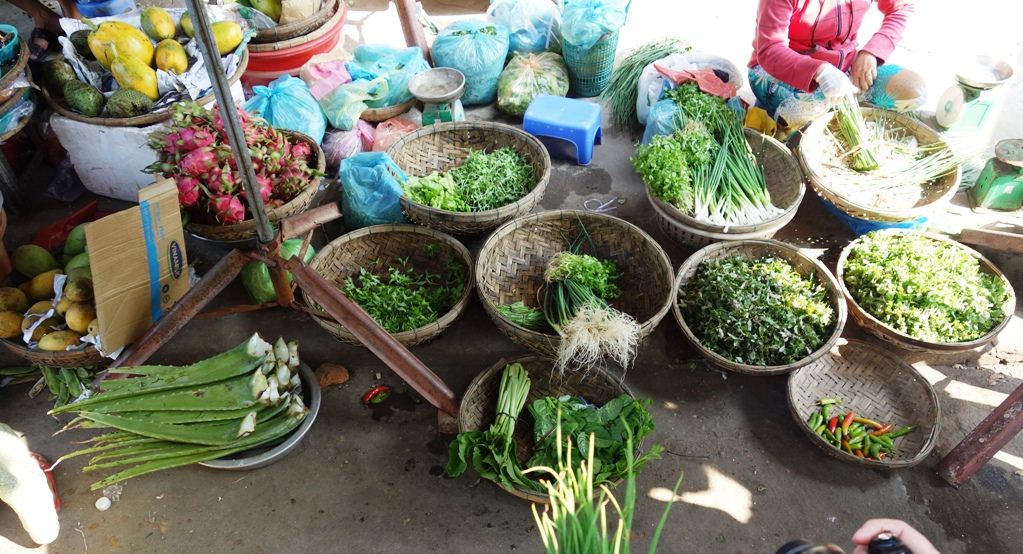
No matter I’m travelling around my country or visiting a new land in the world, the very first place I go isn’t a landscape, but a market. Nowhere else can give you more real images of locals than in a market. And, of course, shopping at traditional Vietnamese market is always my choice on the first days of the year. Foreigners find it quite weird when realizing that in these markets, there are hundreds of flowers and greens which are just used to …eat.
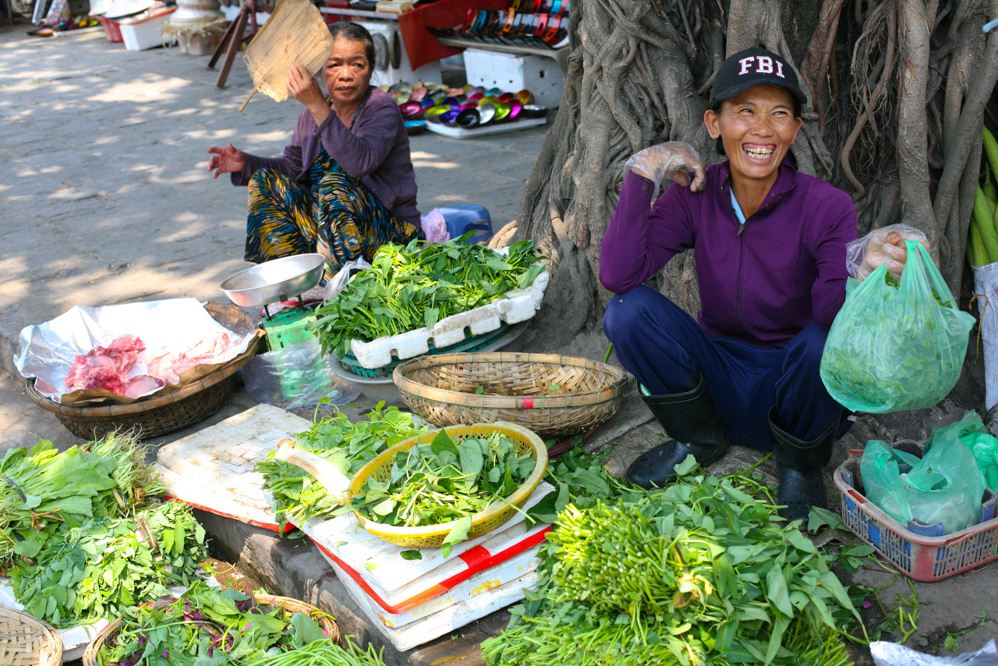
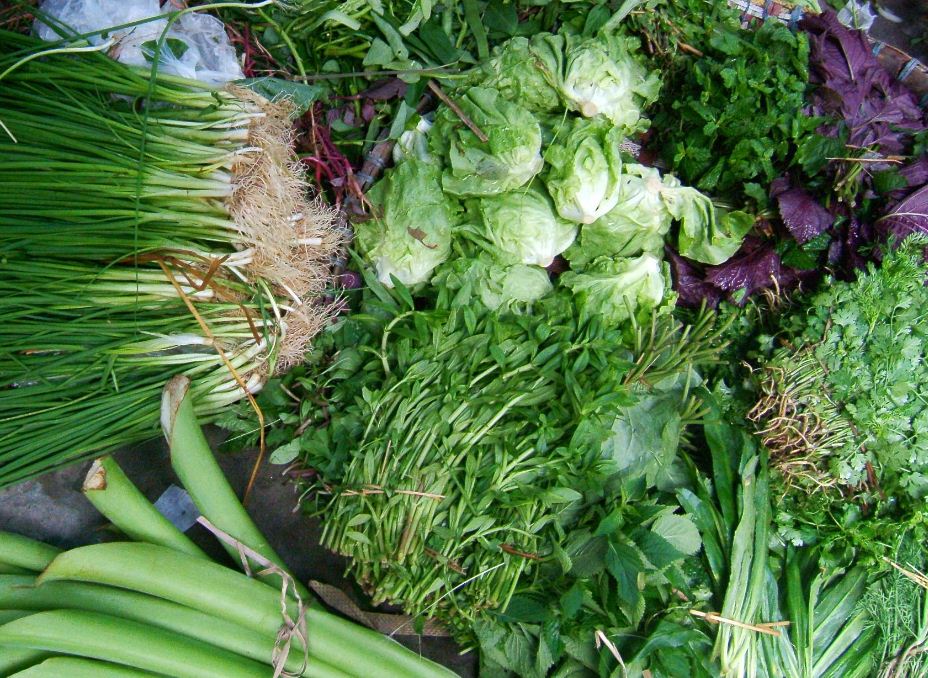
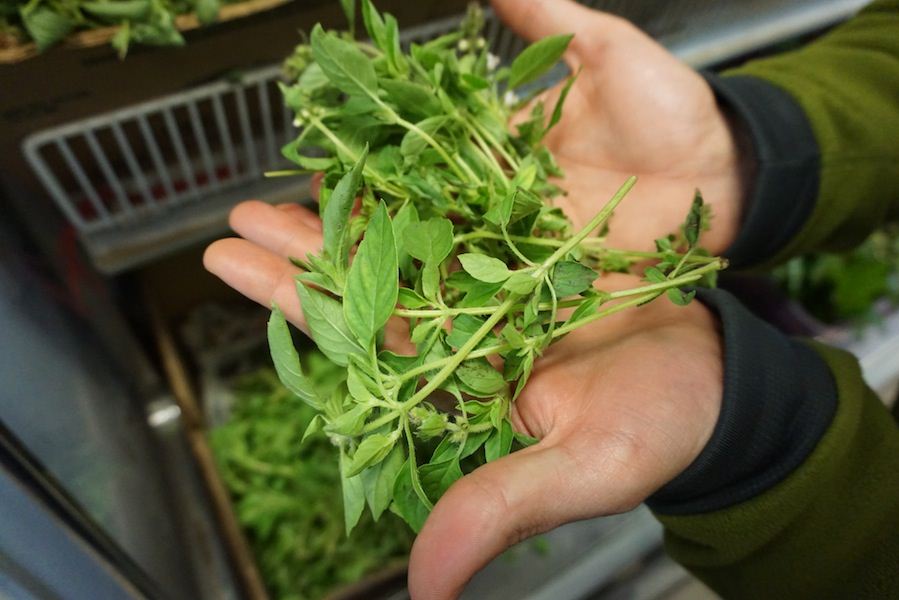
A friend of mine has shared that culinary culture is a door to the soul of a land. When wandering around Vietnamese markets, I feel our “soul” is so beautiful and harmonious as we eat plenty of flowers and greens. Try it, and after the trip, when look at a flower or a leaf, you will likely ask yourself whether it is eatable or not.

Aside from tasting scrumptious dishes, there is a greater way to explore culinary world: cook a dish as a local do! In any Vietnamese kitchen, you can find so many “toys” such as a plastic tube used for removing water morning glory (spinach)’s leaves, a pig-iron knife or a tool to prepare banana blossom.
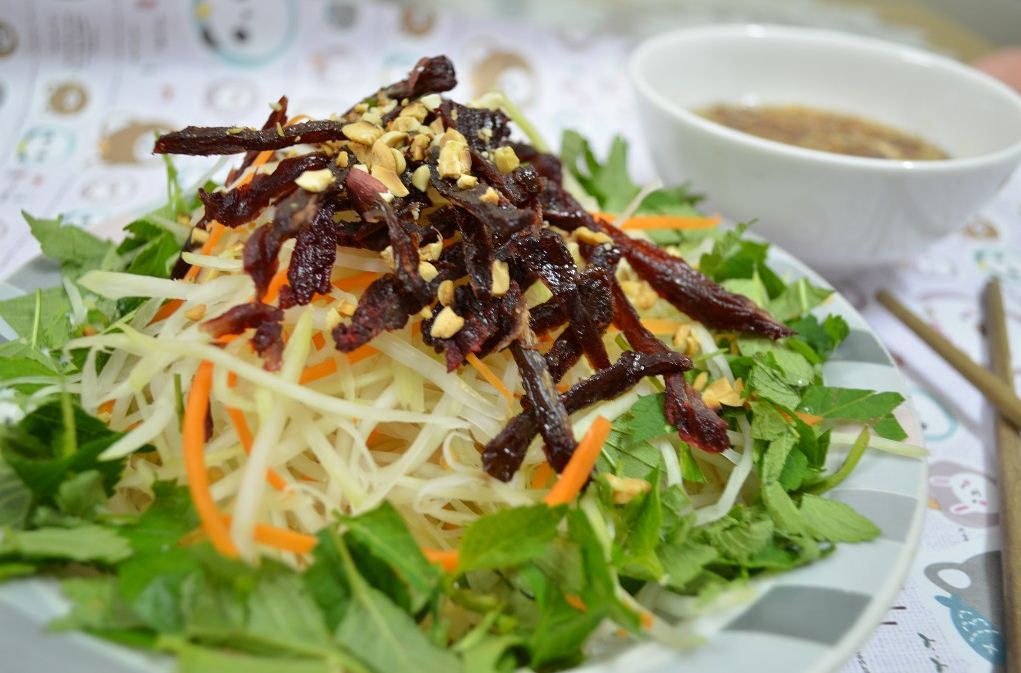
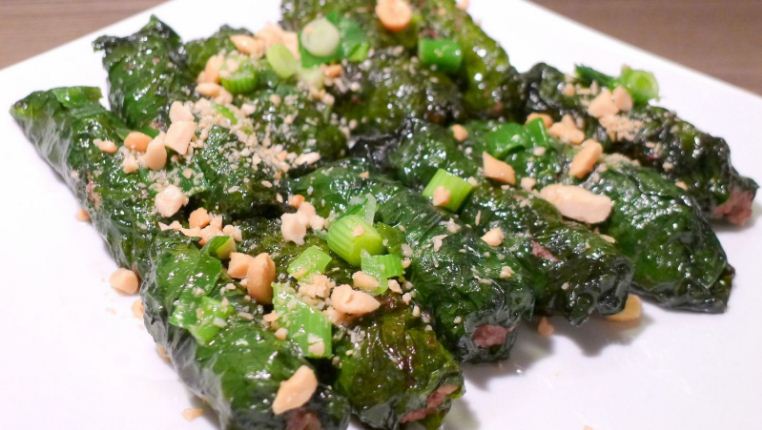
Surprise yourself by cooking phở (Vietnamese noodles), rolls, beef roll with piper lolot or lotus salad – the dishes that you often admire on newspaper and travel magazines. Especially, try to make gỏi cuốn (translucent fresh spring roll) – one of the 10 most delicious Vietnamese dishes. You only need to roll all ingredient including prawn, pork, vegetables, small spring onion and shallot together inside a girdle cake named bánh tráng. Fast and yummy! It is also the reason why this dish is favored on special occasions as hostesses do not need spend much time preparing for large meals. If you want to reduce the amount of glucose, then take cabbage, or other leaves to roll with shrimp, meat and all sorts of vegetables you want. Easy and pleasant! Don’t worry if you don’t cook well, just “roll” to the kitchen and enjoy your “work of art”!
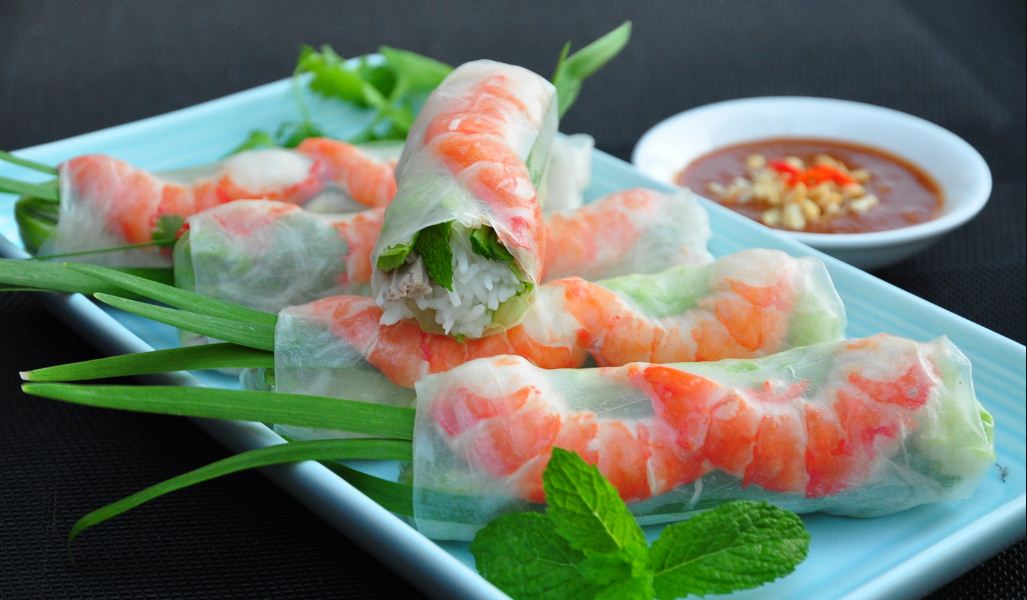
Leaves and flowers: Every dish is delicious!
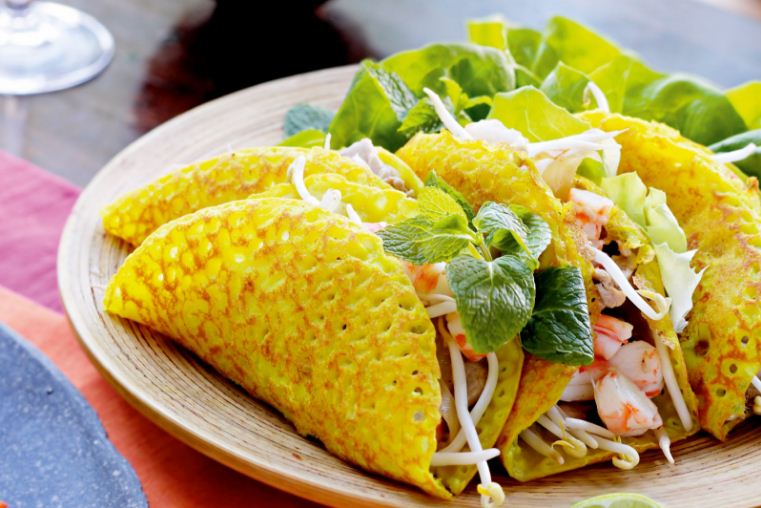
Japanese people fry marble leaves to eat, French cook beef with artichoke flower, but no country uses as many kinds of flowers in cooking as Vietnam. In the past, almost all Vietnamese people didn’t have enough money to buy white rice and fresh meat, so they used leaves as spices and got flowers and fruits served as side food. Tet was the only time they ate meat and eggs. Pork simmered with eggs became a traditional dish on this celebration. Nowadays, foreign visitors usually “oh” “wow” when noticing Vietnamese people use a dozen kinds of leaves in a meal or stir-fry flower to eat instead of ice cream on hot days.
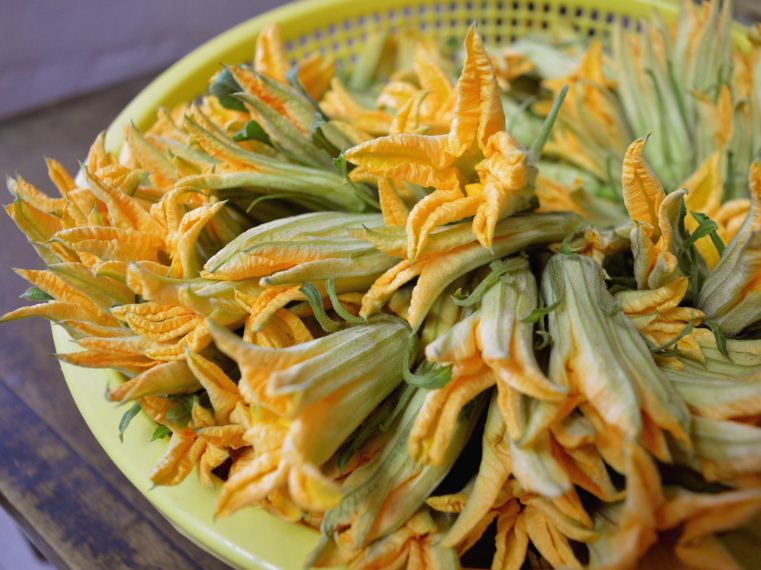
Vietnamese can create hundreds of different dishes with a variety of flowers: pumpkin flowers, banana blossom, sesbania sesban, hyacinth flowers, shallot flowers, loopah flowers , lotus, sadao flowers, fig flowers, telosma cordata and more. In the South of Vietnam, yellow pumpkin flowers are most favored as they are eye-catching and yummy. Once while eating pumpkin flowers stuffed with prawn, my friend was so surprised knowing that to cook this dish, we only select “male” flowers and save “female” ones for the continuance of race. Boiled pumpkin flowers are sweet and the petiole is a little bit tough. Cuisines made from pumpkin are often served on festive seasons. I love pumpkin flowers stuffed with prawn, which is crispy, aromatic with sweet flavor of prawn.
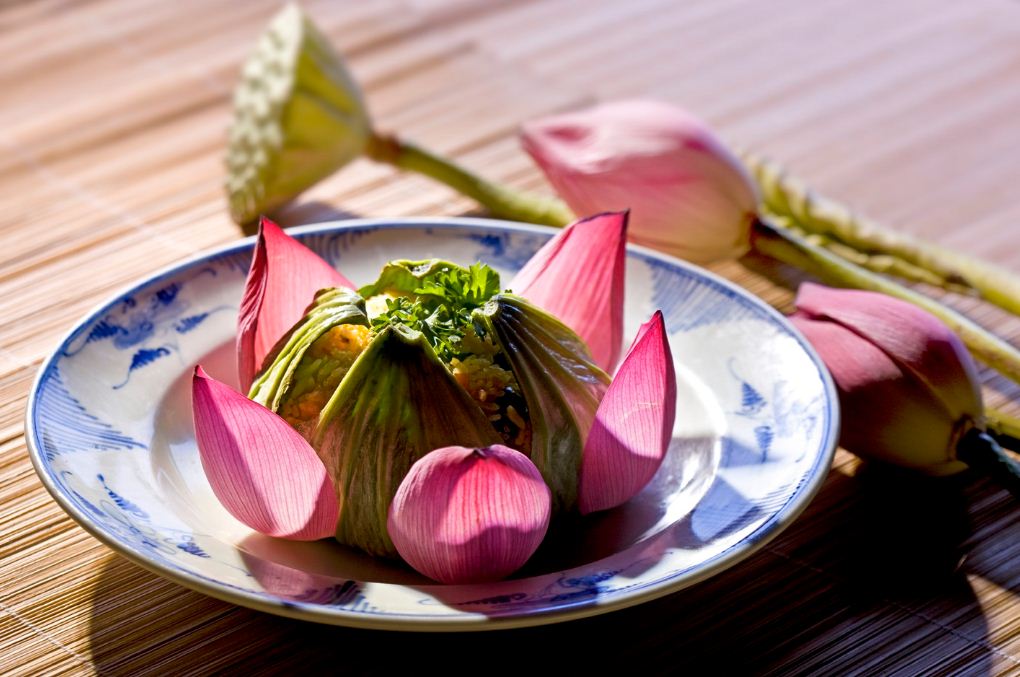
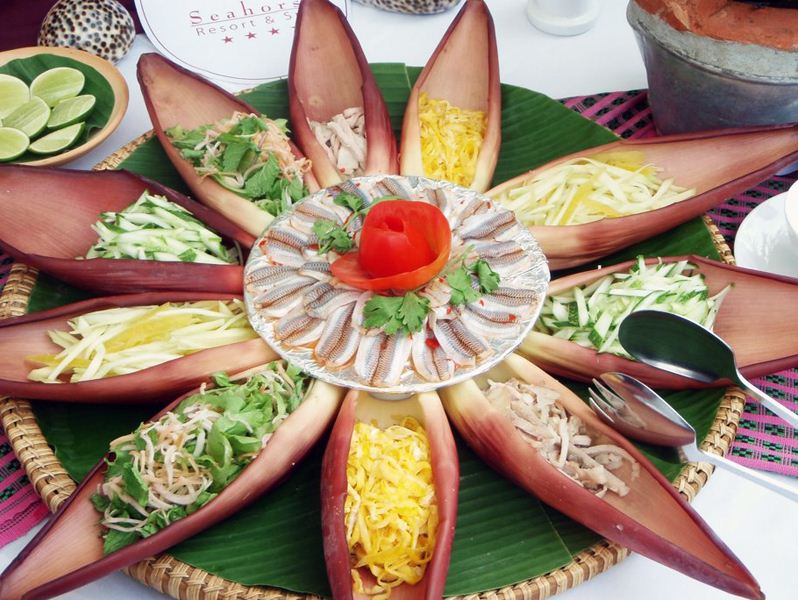
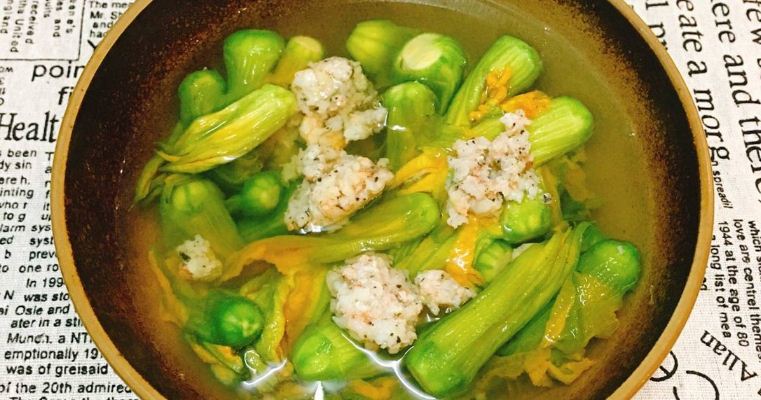

When you get bored with flowers, try grilled beef with piper lolot, fried rice with Ocimum basilicum L. var. pilosum or BBQ chicken with bamboo. Grilled beef with piper lolot is a signature dish. I like sitting somewhere in small lane in the heart of Saigon, chatting with friends and sniffing the smell of fat grilled on broiling plate on slightly rainy days. After grilled, piper lolot leaves still remain green. This kind of leaf makes the dish more flavorsome and prevent beef from being burned when we use coal. Taste it once and you will always be enticed by piper lolot. Grilled beef is more special with piper lolot. Also, piper lolot is good for your health, especially when you get tired because of changing weather. Order some plates of grilled beef with piper lolot and you can refill the energy.
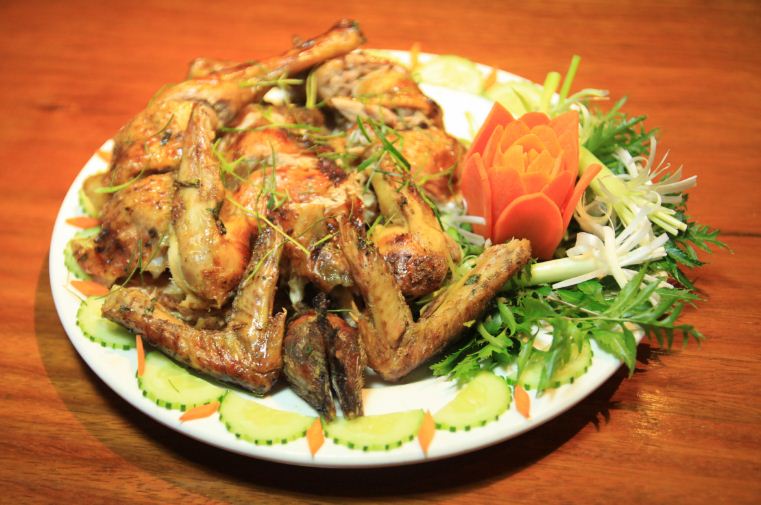
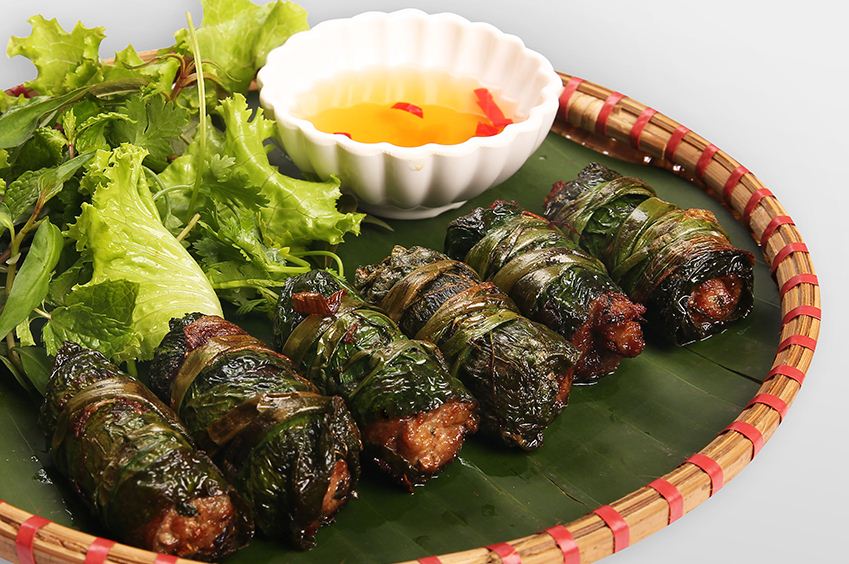
If you have a chance to visit Phu Yen Province, the set of “Dear Brother, I see yellow flowers on green grass”, do not forget to experience rice with Ocimum basilicum L. var. pilosum. Strangely aromatic! Dont confuse this kind of leaf with Thai basil as Ocimum basilicum L. var. pilosum is more aromatic. These leaves are crushed and mixed with rice. To completely enjoy its flavor, fried rice is more recommended. For those having a headache, this dish will help them to release the pain as Ocimum basilicum L. var. pilosum is also a traditional medicine. It’s quite weird but if they are plant in sandy soil in the harsh Central of Vietnam, they are more flavorsome than those plant in fertile lands. So, if you want to taste the Central’s flavor, then buy this kind of leaf to cook with rice or mix with salt.
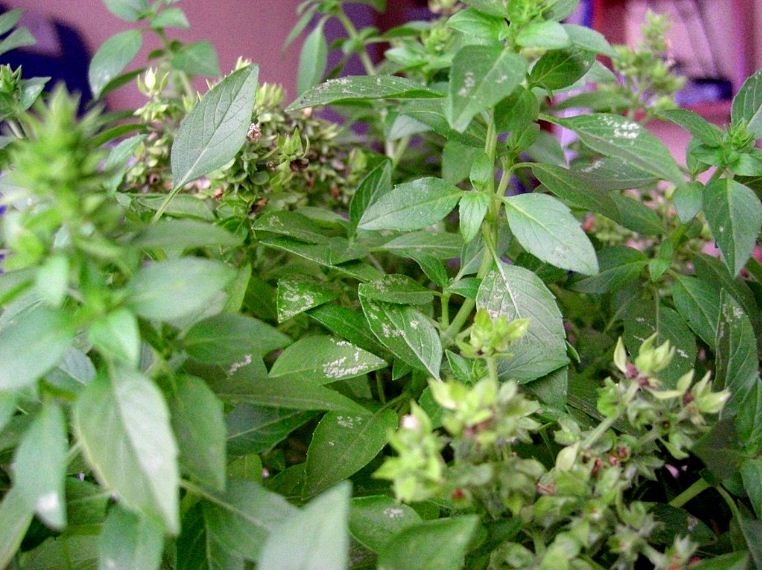
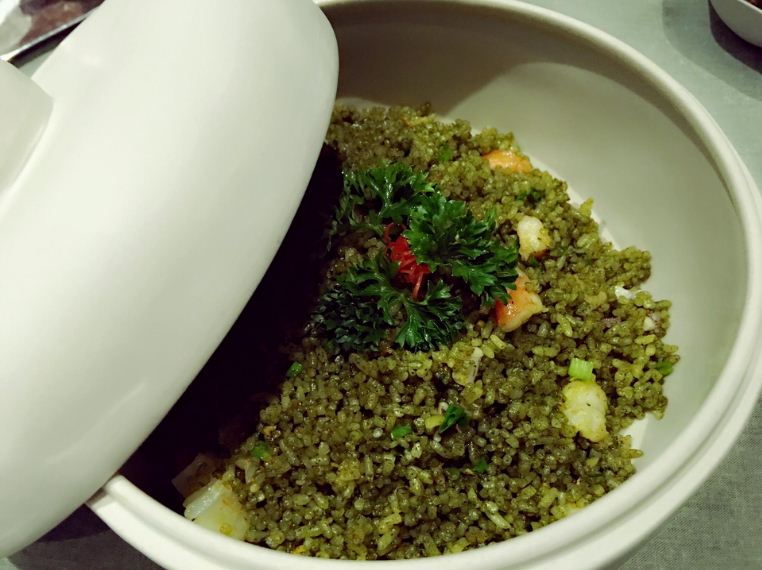
Many international tourists shared that travelling in Vietnam, the best thing is eating. They can eat much without worrying about their weight as there are lots of healthy foods. The culinary world is the world of flowers, leaves, fruits, from a variety of spices such as small spring onion, cumin, coriander and perilla to signature dishes. You are free to bring all kinds of flowers, and even bamboo to your kitchen to cook.
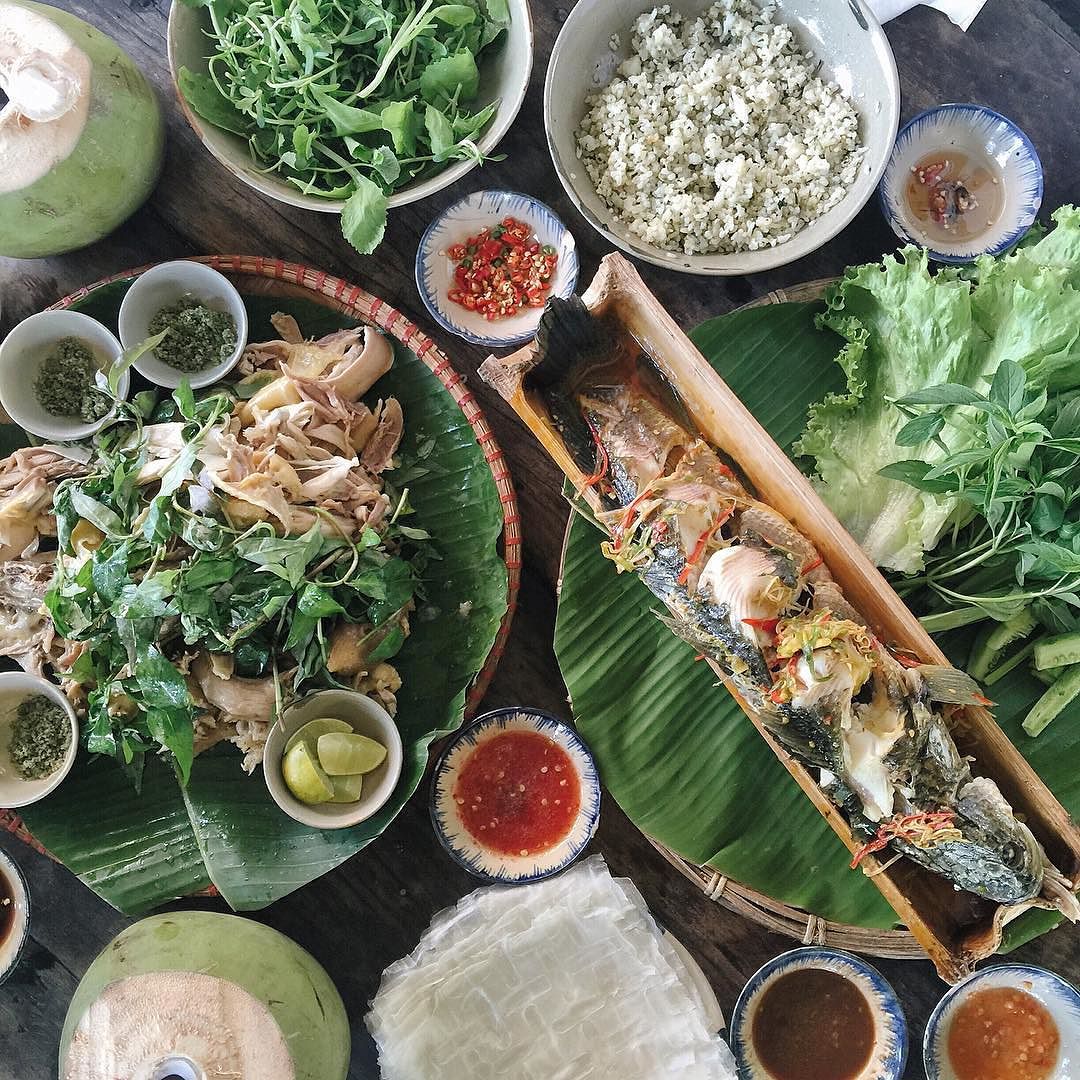
If you are visiting Ho Chi Minh City (or Saigon) you can explore the art of flowers and leaves in Vietnamese cuisine at:
Square One
Park Hyatt Hotel, 2 Lam Son Square, Dist. 1, Ho Chi Minh City (Saigon)
Tel: 08 3520 2359
Si Restaurant
7A Ngo Van Nam Str., Dist. 1, Ho Chi Minh City (Saigon)
Tel: 08 3829 6066
Saigon Cooking Class
74/7 Hai Ba Trung Str., Dist. 1, Ho Chi Minh City (Saigon)
Tel: 08 3825 8485
































![10 best airports in Asia in 2016 [RANKED] kuala-lumpur-international-airport-best airports in asia in 2016 by skytrax ratings](https://livingnomads.com/wp-content/uploads/2016/08/29/kuala-lumpur-international-airport-best-airports-in-asia-in-2016-by-skytrax-ratings-218x150.jpg)








